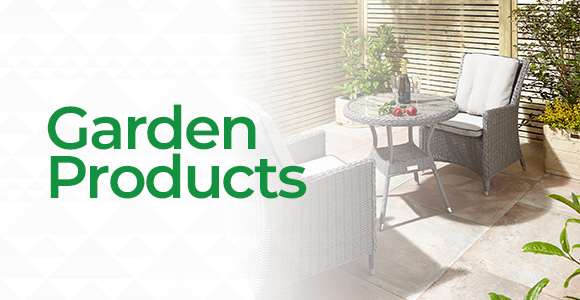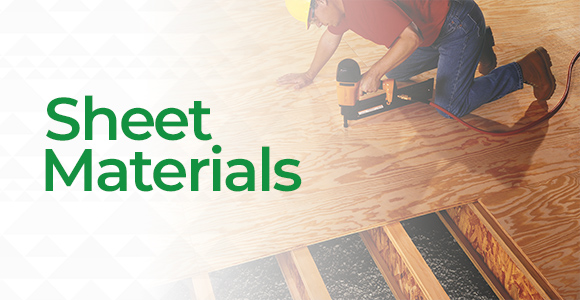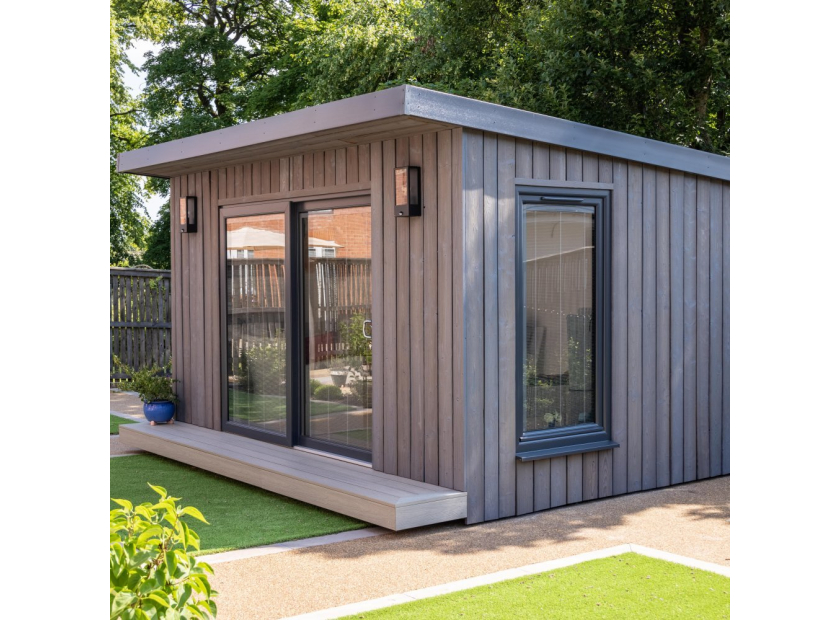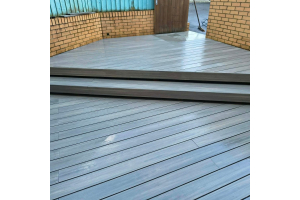Waney edge cladding
Timber cladding is very popular, sometimes specified by planners to fit "naturally" into the locality. When chosen, and installed, carefully it can produce an effective rain screen. Some things to watch for with cladding.
Fixings for cladding
Stainless steel fasteners are preferred to galvanised nails or chromated screws. Using A2 or A4 stainless fixings should help minimise long term corrosion and possible chemical reaction with some timber species. Even the pressure treatment can have an adverse reaction with galvanised fixings, leaving rusty marks and runs on the timber surface. Softwoods such as douglas fir & larch can generally be fixed with suitably sized ring-shank nails. However TRADA recommend hardwoods are fixed with screws and washers.
Leaching from the cladding
Some timber species commonly used as untreated cladding are prone to extractive staining. As the timber boards weather, they can leach out extractives that can stain other boards. Ths can happen with larch and oak, the latter can shed tannin for some months. Where possible the project design should be careful to divert any potential leaching away from light coloured render or gravel.
What species are available?
Softwood is the most common choice for cladding in the UK, with home-grown species increasingly selected. Douglas Fir and Home grown Larch are popular; Siberian Larch has become impossible to source during 2022. A variety of hardwoods and modified woods are also coming to the market. Durable species may be more expensive to specify at the outset but may require less maintenance than a cheaper, less durable species. Appearance (usually in respect of the size and frequency of knots) is also an important consideration and will determine which species to choose.













